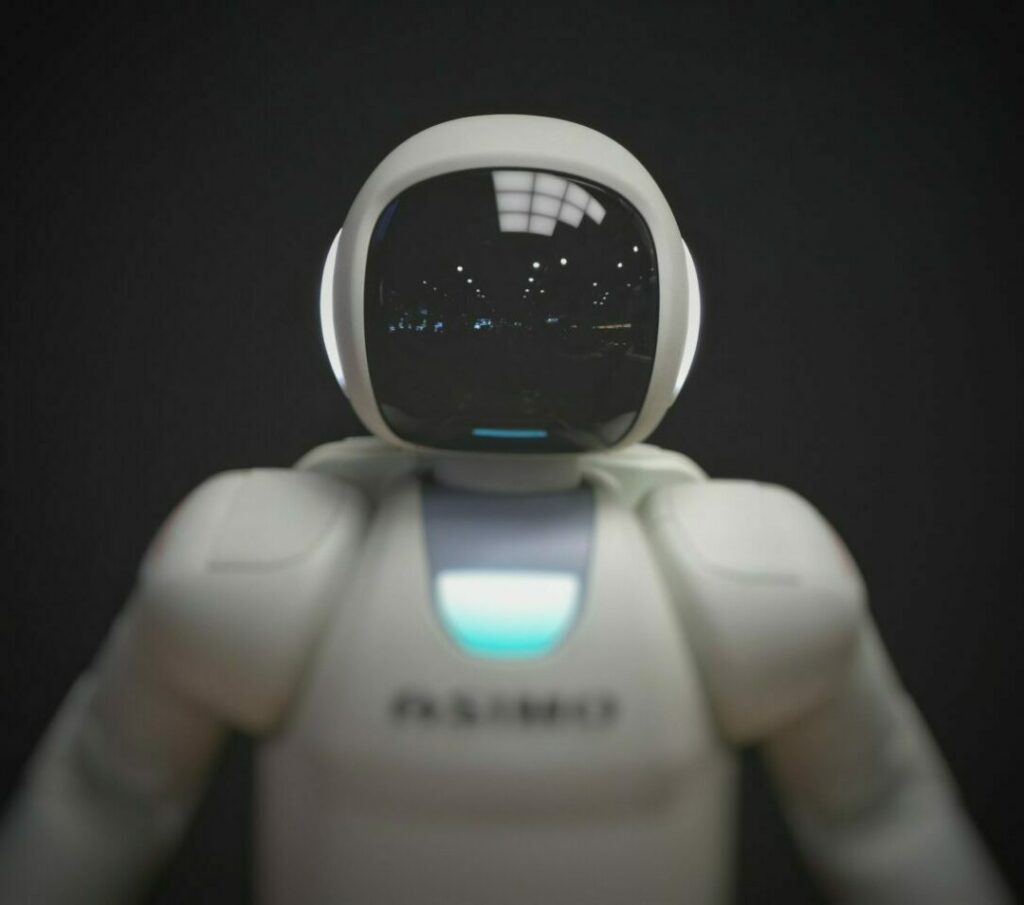Understanding AI and How it Relates to RailState

Whether we understand it or not, we live in a world full of AI. Everything from Siri to cars relies on it to function. But is there one definition of this pervasive concept? Understanding AI’s current role requires an understanding of its journey
FTR Transportation Intelligence published a blog post that explains what AI is, and how it relates to us. From AI’s origins as “myth,” to today’s speech and facial recognition abilities, it’s seen over a century of growth and change. So how do we define it? FTR proposes two definitions. The first is “the created technology that allows computers and machines to function better; machines that replace human labor for mental work, with a goal towards more effective and speedier results.” The second is a “‘system’ with the ability to interpret external data, to learn from such data, and use those learnings to achieve specific goals and tasks through flexible adaption.” Of course, both of these definitions encompass several use cases.
One such case? RailState’s data. After our sensors capture images, our data can tell you the real-time current velocity, train volume, train mix, and priority on the specific rail segments you care about. You’ll know how many shipments are moving right now on the rail network, where they are, and where the flow might be disrupted. Machine learning and AI can then be applied to this data, to gain insights, predict events, and enable more proactive decisions. AI is changing the rail game, and we’re excited to be at the forefront!
Read FTR’s full post here.
